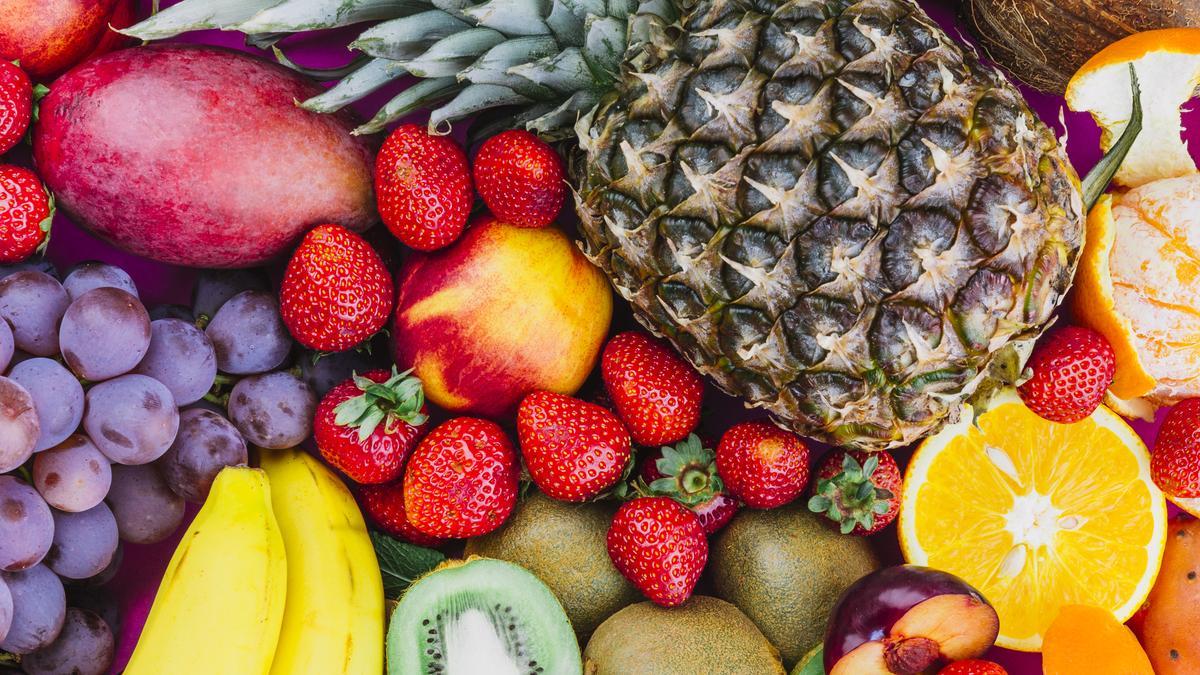Oranges, along with bananas, apples, watermelons and melons, are the most consumed fresh fruits in Spain. They are followed by mandarin, pear and peach. The best time to consume this last fruit is between the months of May and September. Although it is during the months of July and August when it is tastiest and meatiest.
And it is one of the most consumed fruits not only for its delicious flavor, but also for its multiple health benefits. Without forgetting that it is a perfect ally for beauty.
Despite its name, the peach does not come from Persia, but from China, where it was considered a fertility symbol. After arriving in Europe, he quickly spread to America.
As a curiosity, the city of Ruston, in Louisiana (United States), calls itself the “Peach Capital.” An annual peach festival is held there every year, attracting thousands of visitors from all over the country.
Spain is the second largest peach producer in the world, ahead of Italy, Greece, Turkey and the United States. The first fruits that reach us on the market come from Seville, Huelva and Valencia. In July, from Murcia, Extremadura, Tarragona and Barcelona. The latest ones, those that appear from the month of September, are from Lérida and Aragón.
It is a stone fruit with velvety skin, yellow or whitish flesh, which stands out for its sweet flavor and delicate aroma. The edible portion of this fruit is 88 grams per 100 grams of fresh product.
The nectarine is a variant of the peach. It is born from the tree itself and it is normal for peach trees to produce some nectarines from time to time. They can have white or yellow meat, attached to the bone or loose.
Nutritional composition per 100 grams
- Energy (Kcal) 41
- Proteins (g) 0.6
- Carbohydrates (g) 9
- Fiber (g) 1.4
- Water (g) 89
- Calcium (mg) 8
- Iron (mg) 0.4
- Iodine (µg) 2
- Magnesium (mg) 9
- Zinc (mg) 0.06
- Sodium (mg) 3
- Potassium (mg) 260
- Phosphorus (mg) 22
- Selenium (μg) 1
- Thiamine (mg) 0.03
- Riboflavin (mg) 0.05
- Niacin equivalents (mg) 1
- Vitamin B6 (mg) 0.02
- Folates (μg) 3
- Vitamin C (mg) 8
- Vitamin A: Eq. Retinol (μg) 83.3
As explained by the Spanish Nutrition Foundation (FEN), peaches “provide small amounts of vitamins, among which vitamin C (with a peach more than 20% of the recommended daily intakes of the vitamin are covered).
Among the minerals, “the highest is potassium. In its composition they also contain coumarins, natural aromatic substances.
The peach, a fruit full of properties
This fruit, which provides potassium, phosphorus, magnesium and iron, helps keep blood levels low. cholesterol due to its fiber content, and also contributes to improving intestinal transit.
However, as with most fresh fruits, it does not stand out especially for its protein power, since it only has 0.60 grams.
Good eye health and high blood pressure
Due to its content of vitamin C, which is a powerful antioxidant that helps protect cells against damage from free radicals, peaches also contain carotenoids with provitamin A activity, which is essential for good eye health.
As for minerals, it stands out for its potassium content, which contributes to maintaining normal blood pressure.
In the adult population, aged 18 or over, it is considered that there is arterial hypertension (HBP) when the figures are equal to or greater than 140/90 mmHg.
From these figures we speak of mild, moderate or severe arterial hypertension (HBP) depending on the levels of Blood Pressure (BP), and the cause or damage that HTN exerts on its target organs, which are the heart, vessels, kidney and brain.
In pregnant women, we speak of mild HBP when the figures are between 140-159 / 90-109 mmHg and severe HTN if the figures are equal to or greater than 160 / 110 mmHg.
Peaches are packed with vitamin A
Peaches contain vitamin A, a complex organic substance that is essential for healthy skin, reducing inflammation, and capable of relieving muscle and joint pain.
In fact, this fruit is used as an ingredient in beauty treatments, given the positive impact it has on our skin and hair.
You can even prepare a homemade mask (just mix peach puree, yogurt and honey) and apply it to your face for 15 minutes. Remove with warm water and enjoy good skin health.
It is essential to strengthen the immune system and to help in the growth and care of muscle tissue.
Peaches are recommended to prevent diabetes
A study of the University of Texas (United States) emphasizes that medium or large stone fruits, such as peaches or plums, are great allies in preventing diabetes, a disease that affects six million Spaniards.
They are also good for avoiding obesity, metabolic syndrome (risk factors for heart disease, diabetes and other health problems) and cardiovascular diseases, which kill more than 100,000 people in Spain every year.
Weight control
Stone fruits, such as peaches, are indicated for those people who want to control their weight.
And they are low in calories, because they are 88% water, which also helps combat the heat due to their refreshing power.
The Peach provides about 40 calories per piece of fruit. And not only can it be eaten alone in bites, but it can be added to a salad, because it combines perfectly with chicken breast, feta cheese and walnuts. Or also in baking.
Peach pie is a classic dessert that is made with a shortcrust pastry base. An option for the most daring is peach sauce, which is cooked with sugar (or sweetener), vinegar and spices to accompany meats.

